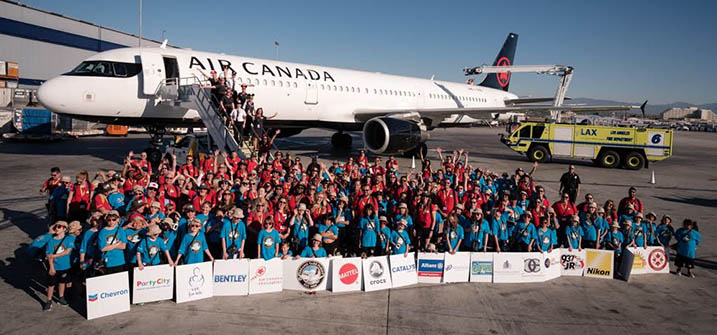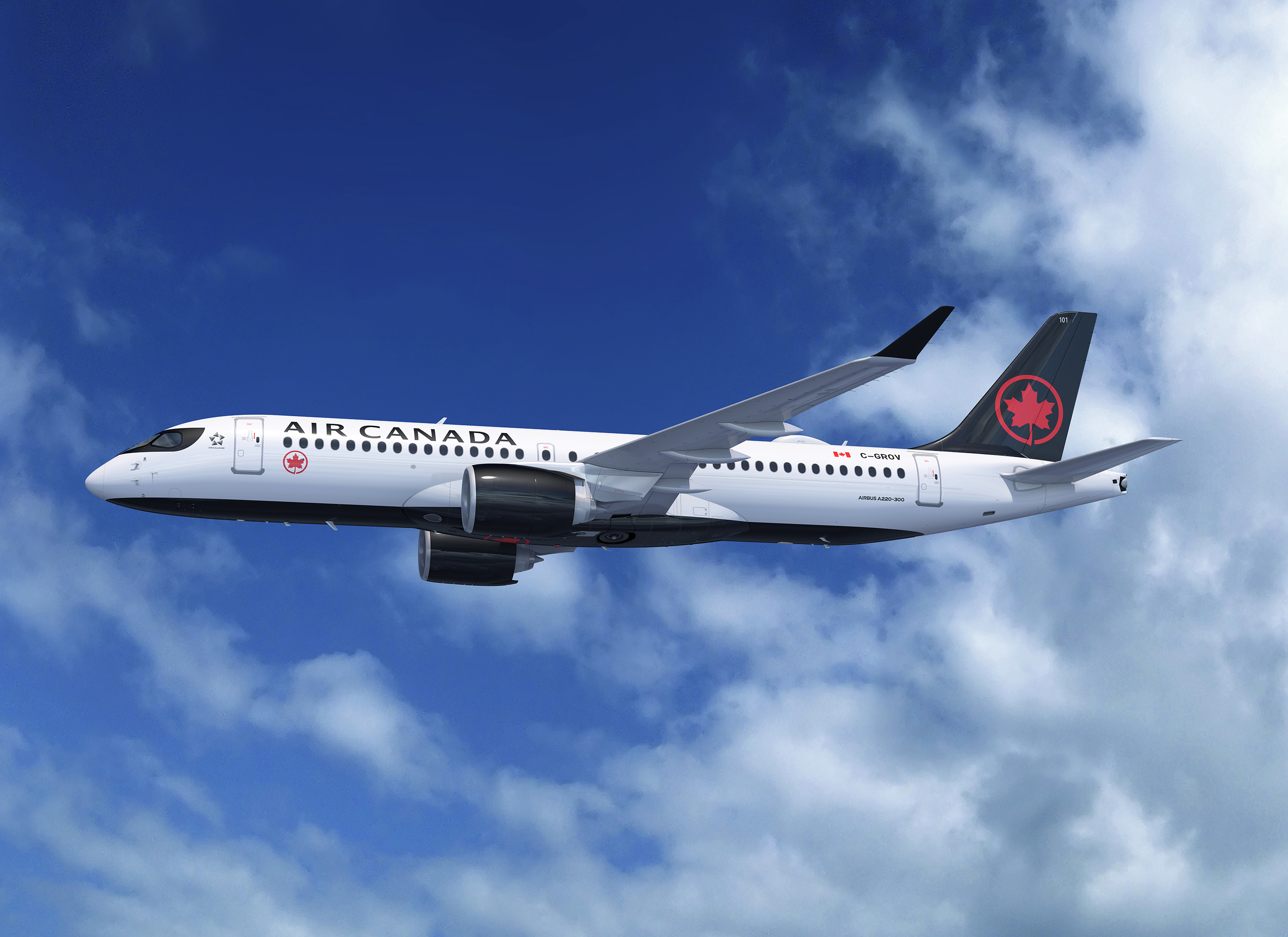
A core value at Air Canada is that the safety of our customers and crews come above all other considerations.
A vital team that helps ensure that moto is always met is the dedicated and highly skilled group of Aircraft Maintenance Engineers (AME).
With the impending arrival of the newest member of our fleet, our AMEs have been ramping up their preparations so that when the aircraft begins flying customers in 2020, they will be fully certified on the A220 well in advance.
Air Canada Maintenance began preparing for the arrival of the A220 in July of 2018, and the first groups of Aircraft Maintenance Engineers are now undergoing in-depth certification training courses.
“Prior to operating the A220 in our fleet, we will have over 160 AMEs trained on that aircraft specifically,” said Carlos Verdugo, A220 Operational Readiness Manager at Air Canada.
The training takes part in two phases, with a six-week endorsement course training in a classroom setting, followed by hands-on learning. While Air Canada does not yet physically have an A220 to train its personnel, it has partnered with the École Nationale d'AérotechniqueExternal site which may not meet accessibility guidelines. in St-Hubert, Quebec, which has one of the original flight test vehicles on site.
“As part of our introduction of the A220 into our fleet, we have taken a lot of measures to train our people in the form of what we call our standard endorsement course training,” Verdugo said. “But also something very new to the industry that we have developed is something called the skill-set training, which is a hands-on approach on how we operate the aircraft in order to give the technician experience before they even arrive at the aircraft.”
Air Canada’s team has also been able to learn from the experience of other A220 operators, especially Star partner SWISS.
“As part of our readiness exercise for the A220, we spent over a week with SWISS and their technicians operating the A220,” Verdugo said. “One of the major things we have learned is how we are going to get ready, operationally and technically, for this aircraft. We are able to draw on their experiences and bring it back to all our Aircraft Maintenance Engineers at Air Canada.”
There are many advantages of the A220 modern technologies, including reduced fuel consumption, a lower noise footprint, and Air Canada’s operations and schedules will also benefit from the way the aircraft was designed for maintenance purposes.
“Some of the new technologies on the A220 will increase on-time performance and dispatch reliability. The new thinking behind aircraft design and its modular strategy means jobs that used to take us hours to do on older aircraft will now take us an hour or two hours to complete,” Verdugo said.
“Whether we are talking about an engine where a component takes an hour to replace, or we are talking about a computer box on the aircraft, it has been designed for the quick removal, reinstallation and return to service.”
For more information on the aircraft, please visit our A220 page.
